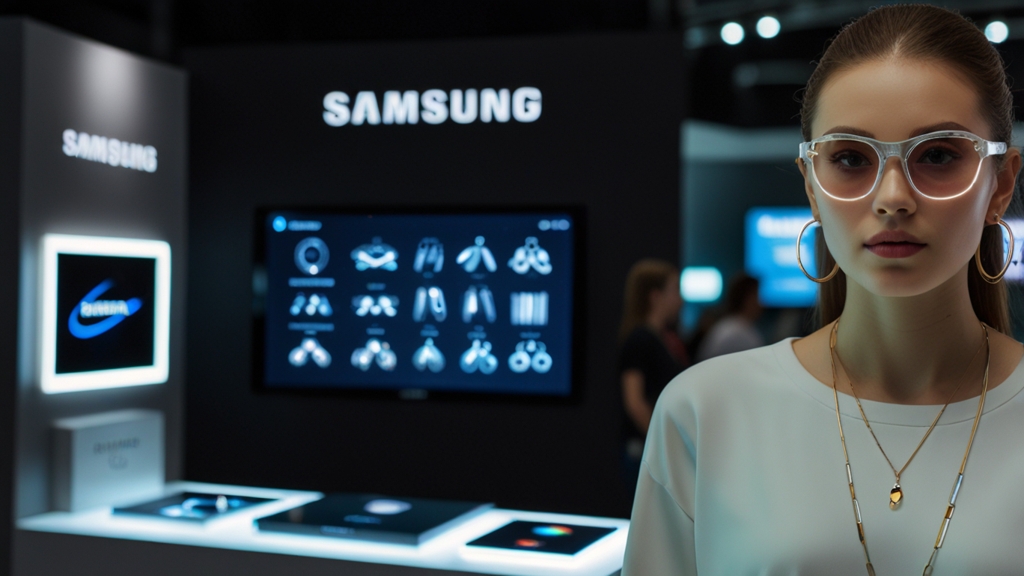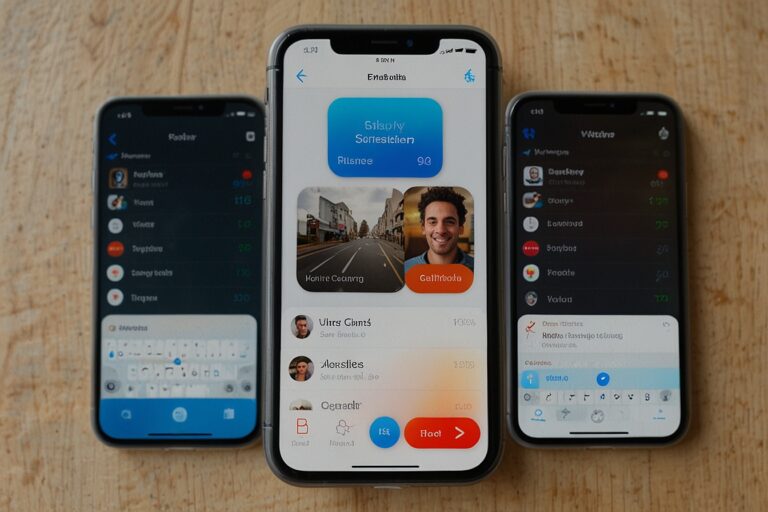
TL;DR
- Samsung is exploring new wearable tech, including smart earrings, necklaces, and glasses.
- The initiative builds on the success of the Galaxy Ring, its first fitness-focused smart ring.
- Samsung aims to enable phone-free communication through these devices.
- Smart glasses are reportedly being co-developed with Google, and AR microdisplays are already under development.
New Form Factors Are on the Horizon
Samsung is doubling down on wearables, broadening its product pipeline to include non-traditional form factors like earrings, necklaces, and glasses, according to a new report by CNN.
In an interview with CNN, Won-joon Choi, Chief Operating Officer of Samsung’s Mobile Experience division, emphasized that wearables should be integrated into daily life without requiring users to pull out their phones.
“We believe it should be wearable, something that you shouldn’t carry,” Choi said. “It could be something that you wear—glasses, earrings, watches, rings, and sometime a necklace.”
The Data
| Category | Details |
| Company | Samsung |
| Division | Mobile Experience |
| New Wearables in Focus | Glasses, Earrings, Necklaces, Rings |
| Partnership | Google, for smart glasses development |
| Hardware Initiative | Advanced AR microdisplays for glasses (Korea Economic Daily) |
| Prior Launch | Galaxy Ring (fitness tracker) |
| Form Factor Goal | Hands-free, phone-free communication |
| Market Focus | Health tracking, AR applications, lifestyle wearables |
From Galaxy Ring to Wearable Jewelry
Samsung entered the smart ring market in 2024 with the Galaxy Ring—a compact health and fitness tracker that joined its portfolio of Galaxy Watch products.
The success of the ring has emboldened the company to think beyond conventional wearables. The upcoming devices—like smart earrings or necklaces—may also incorporate voice control, health monitoring, gesture input, and AR support.
Glasses in the Pipeline with Google
Samsung’s smart glasses project, revealed earlier this year, is being co-developed with Google, aiming to integrate wearable displays and ambient computing into a form factor people already use.
In May, Korea Economic Daily reported that Samsung was also building its own microdisplay tech for AR, further validating the company’s long-term hardware ambitions in spatial computing.
These efforts position Samsung alongside other tech giants like Apple and Meta, who are betting heavily on wearable augmented reality.
Reimagining Phone-Free Communication
The vision, according to Choi, is to enable communication and computing without carrying a smartphone. That may include voice-enabled jewelry, context-aware glasses, or wearables with native app ecosystems.
Samsung’s approach diverges from conventional smartwatches by seeking to embed intelligence into lifestyle accessories, which could appeal to younger, fashion-conscious users.
This also aligns with industry-wide trends toward ambient intelligence and low-profile computing—where technology fades into the background, allowing natural interaction.
Samsung’s Competitive Edge
With its vertically integrated hardware, Samsung Display subsidiary, and global device footprint, the company has a significant advantage in building customized wearable components—from micro LEDs to low-power chips.
Its collaboration with Google could offer a strong software base via Android XR extensions, while its Knox security platform can bolster trust in biometric and health applications.
What Comes Next?
Though Samsung has not officially confirmed release dates or prototypes, the company appears to be positioning its next-gen wearables as part of a broader strategy to own the edge of user interaction.
By leveraging jewelry and eyewear, Samsung could capture new demographics and build ecosystems beyond smartwatches. Expect to see patents, developer toolkits, and early previews in upcoming Unpacked events or CES 2026.






